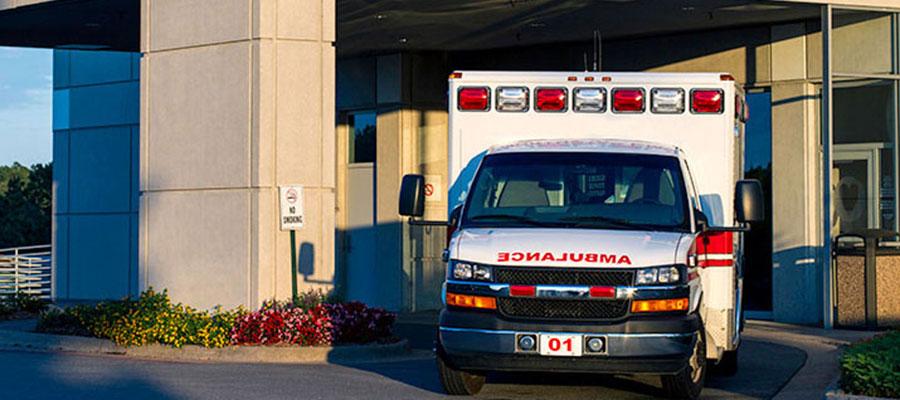Correcting The New York Times on hospitals’ and health systems’ finances

As I write, nearly 100,000 Americans have lost their lives to the COVID-19 pandemic. Much of the response to this crisis has fallen on America’s hospitals and health systems — the cornerstones of care in their communities — and the front-line health care heroes.
Yesterday, The New York Times ran a story highlighting that 20 large health systems have received more than $5 billion in funding for COVID-19 in recent weeks. The article also highlights critics that suggest funding should not be allocated to hospitals and health systems with reserves. The reality: Congress and the Administration recognize that responding to this pandemic has taken its toll on America’s hospitals and health systems, their teams of dedicated and caring health care heroes and their resources.
According to Kaufman Hall’s recent analysis, April 2020 was the worst month in history for America’s hospitals and health systems in terms of operating margins. Specifically “median hospital operating margin fell to negative 29%.” What this means is that all hospitals are experiencing the biggest financial challenge in their history during this crisis of unprecedented proportions. They prepared for — and are caring for — COVID-19 patients. They stopped doing regularly-scheduled procedures. Their expenses have skyrocketed and their revenues have virtually dried up. As it stands, many of these organizations are losing in the neighborhood of $350 million per month … a rate that is simply unsustainable and frankly threatens access to care in communities across the country. The AHA’s own report found that hospitals and health systems are projected to lose more than $200 billion between March 1 and June 30 due to this pandemic. And their revenues will only return on a phased-in basis as the country moves past this wave of the virus.
While some hospitals and health systems have reserve funds, the fact is that many of these organizations are maintaining their stability because of these funds … and they are now tapping into them to stay solvent given that federal funding thus far will not make up for these shortfalls. These reserves also often underwrite ongoing losses from patient care services, particularly given that government programs — which comprise a significant share of hospitals’ payer volume — pay less than the cost of providing the services.
Another key point: This isn’t money sitting in a checking account. Many of these funds are invested, and because of the economic downturn, many of these funds have been depleted. It is also important to note that these funds often have restrictions … and they may be earmarked for specific research projects or facilities. Some of these funds are also invested in supporting the development of innovative and cutting-edge technologies that improve care and reduce costs — many of which have the potential to help address problems associated with this pandemic — ranging from supporting telehealth solutions, to monitoring patients in alternative care sites, to predicting which patients may be faced with specific health challenges. Reserves also often need to be maintained at certain levels to maintain solid bond ratings — and therefore a lower cost of borrowing — to avoid violating bond covenants, which lead to defaults.
It’s also important to note that hospitals are a reflection of the communities they serve and they are all different. The AHA has the honor of representing all types of hospitals and health systems – urban and rural, large systems and individual hospitals, safety net hospitals, critical access hospitals, and more. All hospitals and health systems despite their size are hurting financially at a time when Americans need us to be always there, ready to care. It’s vital our country is prepared in case another wave of COVID-19 hits later this year. That’s why many in Congress fought so hard to ensure an emergency fund was created in the CARES Act to help hospitals affected by COVID-19.
The devastating impact of this pandemic has shown that it’s in everyone’s best interest to have strong and resilient hospitals because they are the backbone of the entire health care system. Our field is truly society’s ultimate safety net and — pandemic or not — unlike any other health care provider or business, we take care of everyone who walks through our doors, 24/7.

